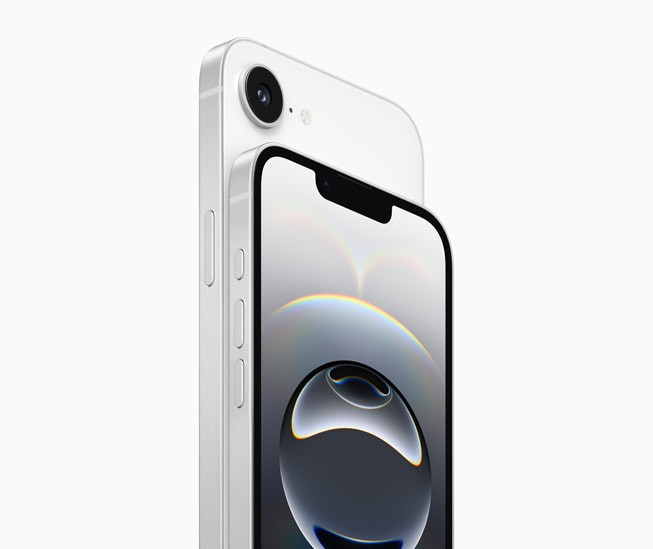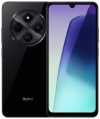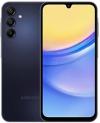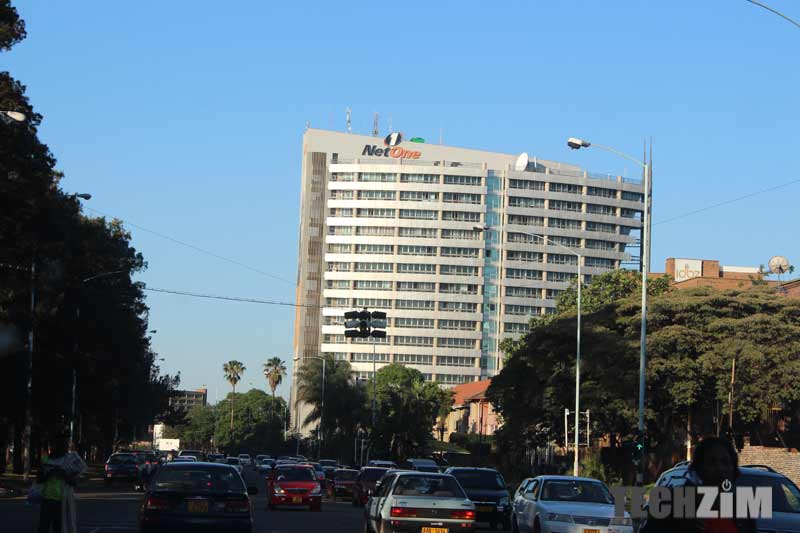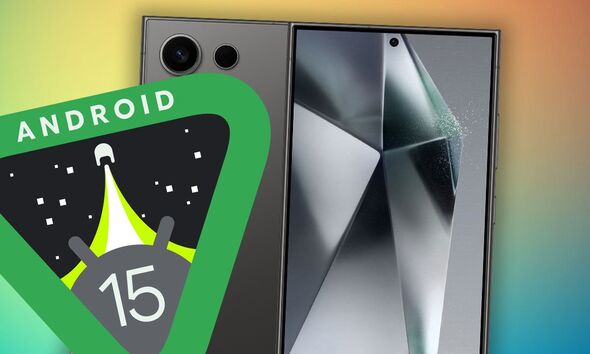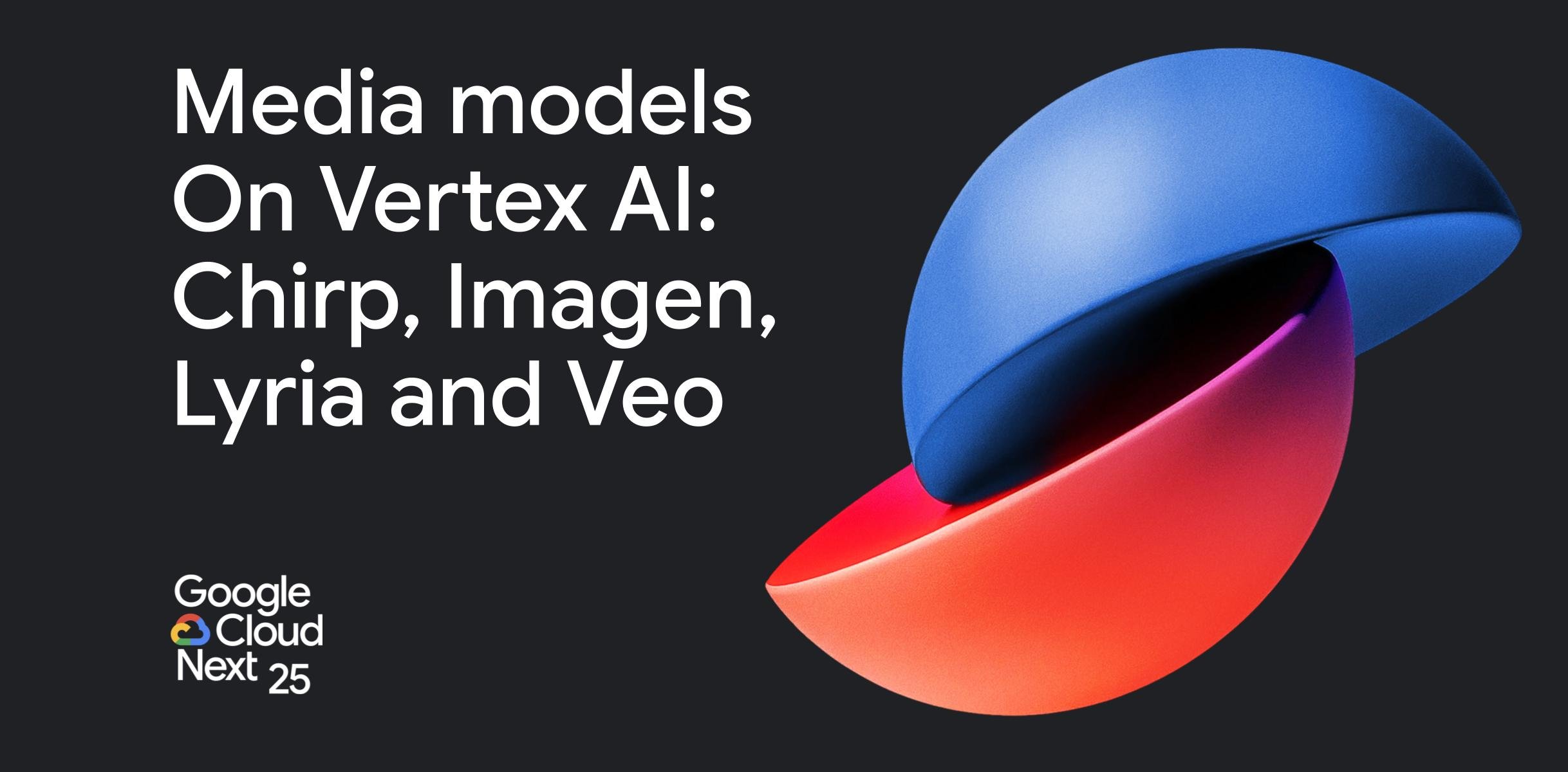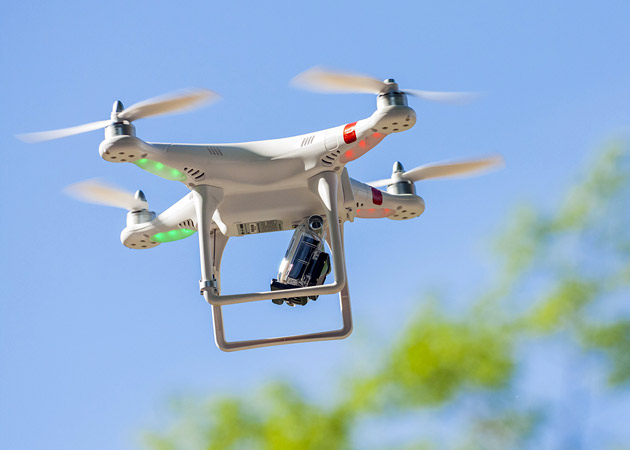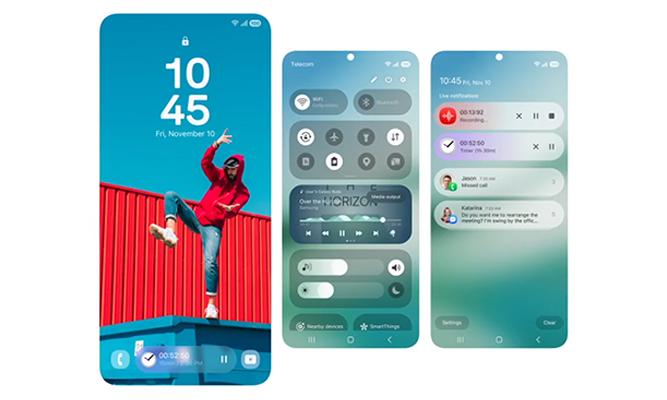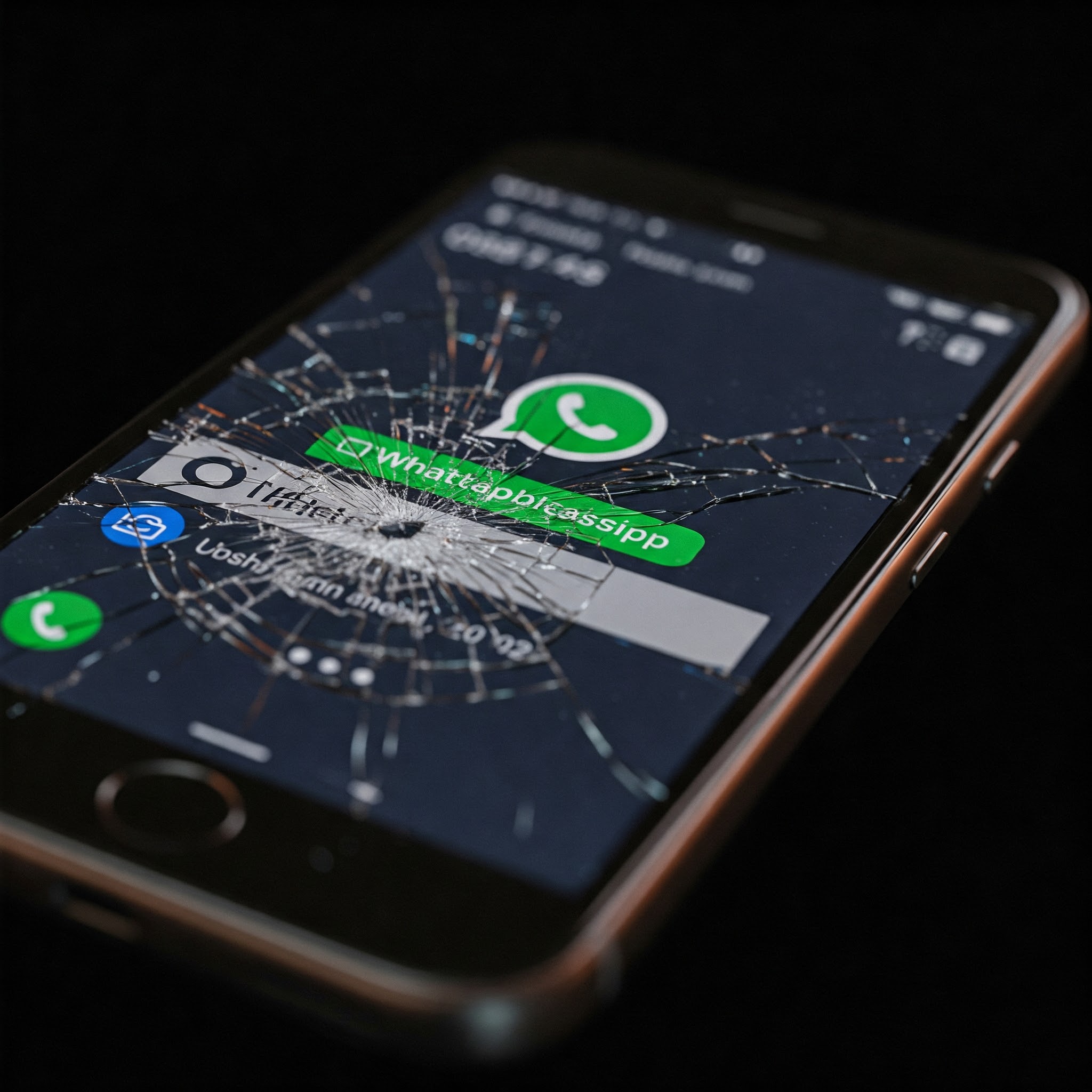So, we got a new iPhone yesterday. The successor to the more wallet-friendly iPhone SE, last released in 2022, came in the form of the iPhone 16e.
The main selling point of the 16e is its price. It is cheaper than the base iPhone 16, so we are talking about a lower price point to get an iPhone.
However, the disappointment with the 16e was that it’s not as cheap as the SE was. The 16e (128GB) starts at $600, which might be considered cheap when looking at the $800 iPhone 16.
Being $200 cheaper than the cheapest phone in the 16 series is good. However, the SE from 2022 started at $429, which was better but was also an increase from the previous SE models.
Here are the starting prices for all iPhone SE models at launch:
- iPhone SE (1st Gen) – 2016
Starting Price: $399 (16GB) / $499 (64GB)
- iPhone SE (2nd Gen) – 2020
Starting Price: $399 (64GB), $449 (128GB), $549 (256GB)
- iPhone SE (3rd Gen) – 2022
Starting Price: $429 (64GB), $479 (128GB), $579 (256GB)
Now, the spiritual successor, which is no longer called an SE model for some reason, bumps that up to $600. That’s quite the price hike.
That said, the iPhone 16e is much closer to the regular iPhone 16 than the previous SE models were to the base iPhones of their day, which means that for most people, the 16e is actually better than the iPhone 16.
Display
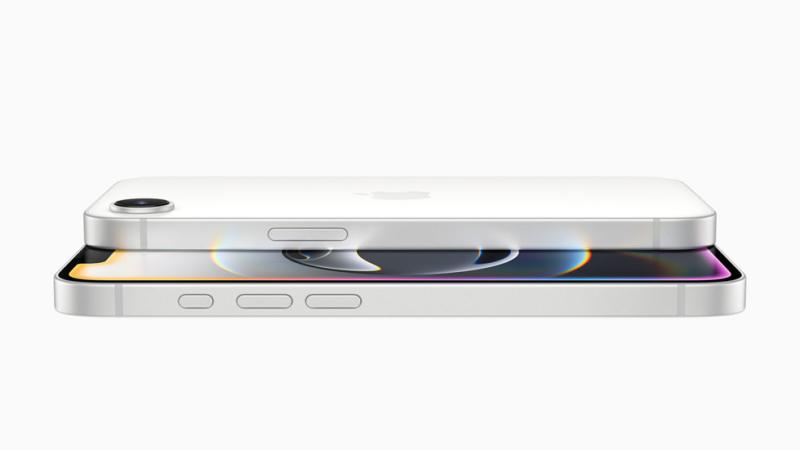
The 16e has a typical brightness of 800 nits, while the 16 gets to 1,000 nits. This simply means the 16e’s display doesn’t get as bright as the 16’s.
For HDR content, which won’t be a big deal for 99% of people, the 16e peaks at 1,200 nits, while the 16 peaks at 1,600 nits.
To be honest with you, the 800 nits of the 16e will be annoying outdoors. It’s usable but not ideal.
You likely last used an 800-nit display a long time ago. Even the midrange Galaxy A series from Samsung breaches the 1,000-nit mark.
In fact, the Samsung Galaxy A15 gets up to 800 nits in High Brightness Mode. The A15 costs about $160 in Zimbabwe and yet matches the $800 iPhone 16e’s brightness. That’s not ideal.
Performance
This is where the 16e shines. It has the same A18 chip as the iPhone 16. This is a top-tier mobile processor and is also very efficient, meaning it helps with battery life.
This means both models support Apple Intelligence (whatever that’s worth). Apple’s suite of AI features leaves something to be desired for now.
However, the GPU on the 16e has four cores, while the one on the 16 has five. This could have some impact if you’re a heavy gamer. If not, this is a nothing burger.
Needless to say, it means the $600 iPhone 16e has a processor that’s in the same league as the one in the $1,350 Galaxy S25 Ultra. That’s good to see.
Camera
I know that many won’t care, but this will be a deal breaker for some. The 16e has only one camera on the back.
The iPhone 16e is equipped with a single 48-megapixel rear camera, lacking the ultrawide lens found on the iPhone 16. I imagine that’s where Apple cut some costs to be able to hit the $600 price point.
Hear me out, though. I use the iPhone 14, which has two cameras on the back—a wide and an ultrawide. I’ll be honest with you, I would not miss the ultrawide camera.
When I bought my phone, if I had gotten an option to pay $200 less by losing the ultrawide, I would have taken it.
I imagine most people would do just fine without one. Don’t get me wrong, I would like to have it and a more important zoom camera, as some budget phones offer. However, I could live without the ultrawide.
Other Stuff
The iPhone 16 supports MagSafe accessories and faster wireless charging, while the iPhone 16e does not include MagSafe support and is limited to Qi wireless charging up to 7.5W. This is not a big deal at all, in my opinion.
Both models feature the customizable Action Button, but only the iPhone 16 includes the Camera Control button. Judging from what I’ve heard about Camera Control, not having it might actually be an upgrade.
The iPhone 16e features a notch housing the front camera and Face ID sensors, while the iPhone 16 utilizes the Dynamic Island design.
This makes the 16e look a bit outdated, but you be the judge of how important that is.
However, there are some software integrations that make the Dynamic Island useful, which will be missing with the notch design. It’s a bummer that the 16e won’t get those, but it’s something you can live without.
Where Does This All Leave Us?
Unless you really need ultrawide pictures, the iPhone 16e is just an iPhone 16 with some fluff removed. Seeing as you can get that for $200 less, this will be a good deal for anyone who was already considering the 16.
That’s before we have even mentioned the 16e’s biggest strength—battery life.
The iPhone 16e offers up to 26 hours of video playback, surpassing the iPhone 16 by four hours.
Apple’s tests won’t be what you get in real life, but what it confirms is that the 16e has better battery life than the 16.
So, if you absolutely can’t use an Android phone and were eyeing the iPhone 16 or 15, save your money and get the 16e.
In the Android world, there are way more exciting options at that $600 price point.
